Comparison of EEMC Cluster Finding Methods: IU vs.TSP
As the ANLS algorithm tended to have the invariant mass too large (due to too small of an asymmetry in the energy of the two photons), a better algorithm, the TSP algorithm, has been developed. The following is a comparison of the IU and TSP algorithm.
The plots are the same as those used for comparing the ANLS algorithm with the IU algorithm. For an explanation of the plots and details about the data set being analyzed, see this blog and this blog.
Results
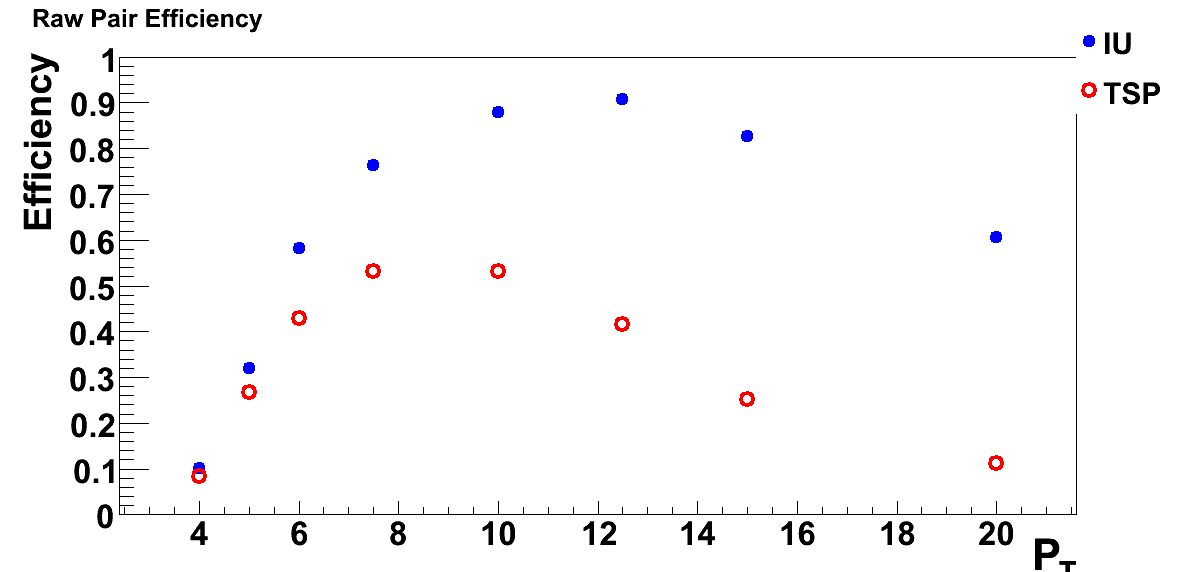
Fig. 1: Raw pair efficiency vs PT
This is the number of pi0 candidates (within all cuts but the pi0 mass cut) divided by the number of generated events (2000), when only single pion events were generated. The algorithms appear similar at small pT, where it is expected absorption and conversions due to the upstream material is the primary cause of the low efficiency. Note, the plotted "raw efficiency" includes both background and signal.
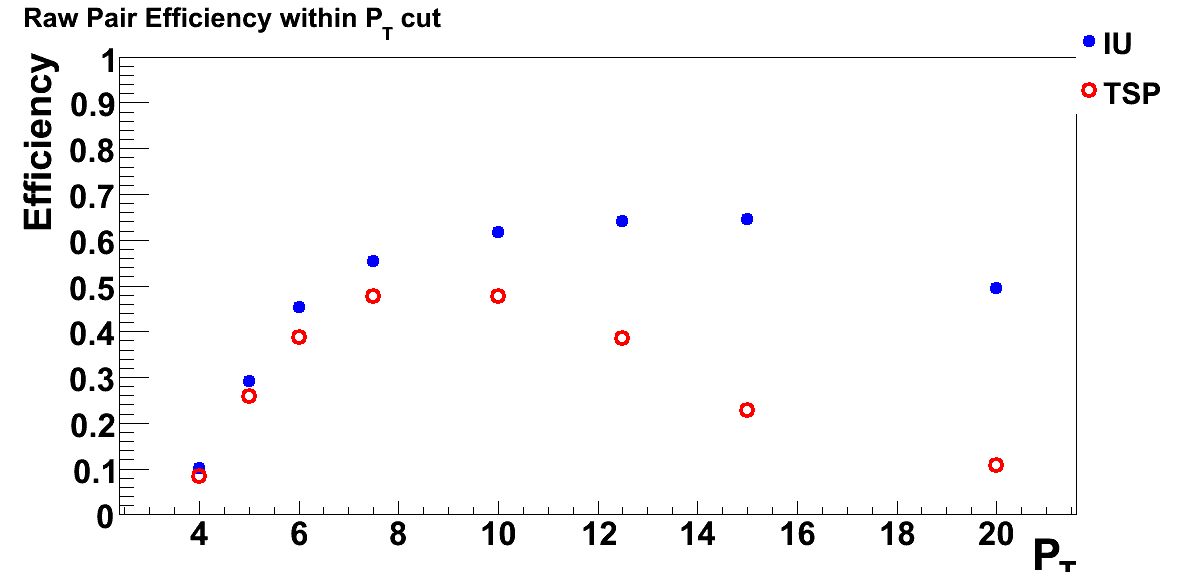
Fig 2. Pair Efficiency vs P_T for events with P_T near generated P_T.
By restricting the P_T value to near the generated value, one can (to some extent) remove the background due to conversions, falsely split clusters (i.e. single clusters split into multiple clusters by the algorithm), and combinatorics. Comparing Figures 1 and 2, one sees that the amount of background is much less for TSP algorithm than the IU algorithm (as the points are more similar in Fig. 1 and 2 for TSP than IU). This can be interpreted as the TSP algorithm not falsely splitting clusters as often. Other studies show that the TSP algorithm splits single clusters into multiple clusters much less often than the IU method, by a factor of about 10. Also, it can be noted from Figure 2 that the efficiency appears similar across most of the P_T range of the data, as there is very little date past P_T of 11 GeV.
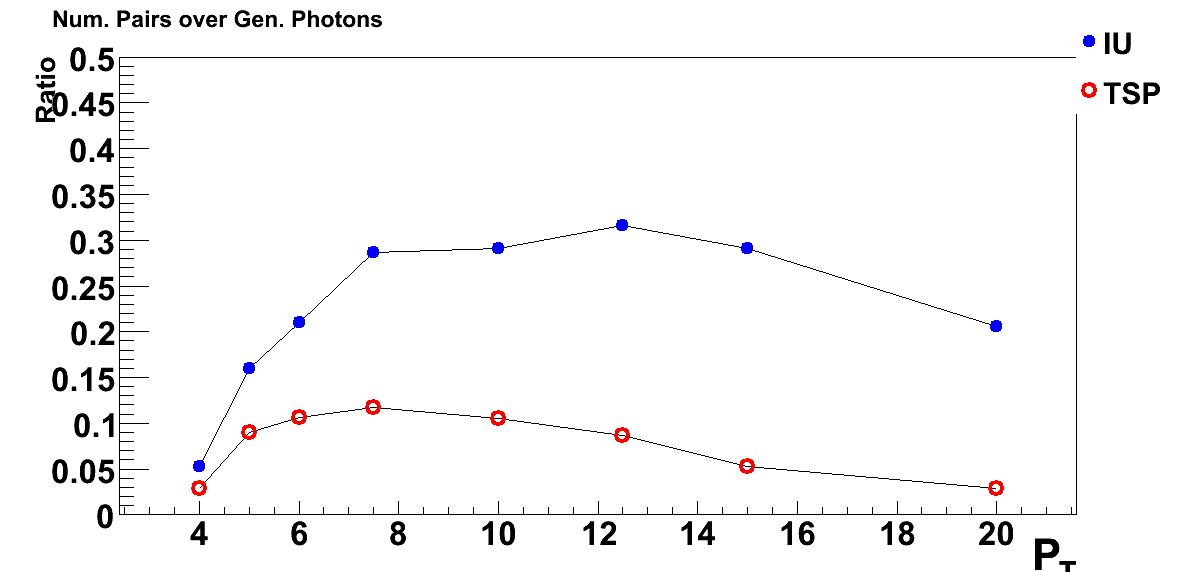
Fig. 3 Number of Candidate Pairs over the number of events (only single photon events generated).
Candiate pairs have all cuts but the invariant mass cut. Over all p_T, the TSP method shows many less split clusters. Note: some of these pairs are due to conversions and other are due to split clusters.
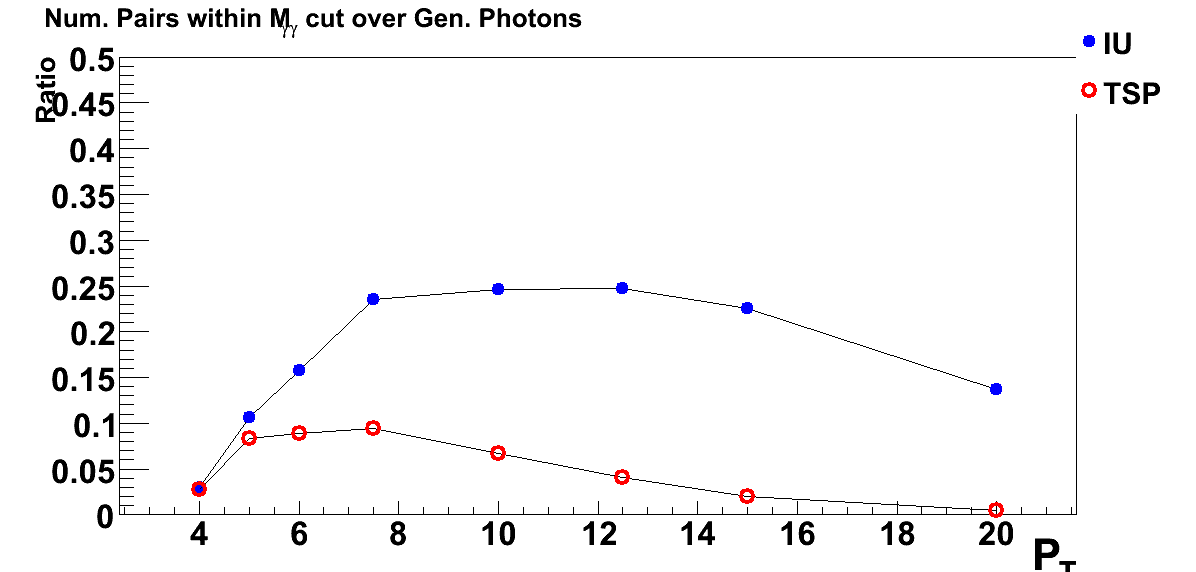
Fig. 4 Number of Candidate Pairs within invariant mass window, over the number of events (only single photon events generated).
Figure 4 is like figure 3, but with candidates restricted to the pi0 invariant mass window. Removing the lower mass peak thus reduced the number of background pairs in the IU method, but the TSP method still preforms better, especially in the mid to high P_T where the "low mass" peak moves under the pi0 mass peak. At high P_T, the number of pairs is lower due to the mean and width distribution of the converted gammas significantly increasing.
Note: Figures 5-8 are similar to those in Figures 1-4, but are versus eta rather than versus P_T.
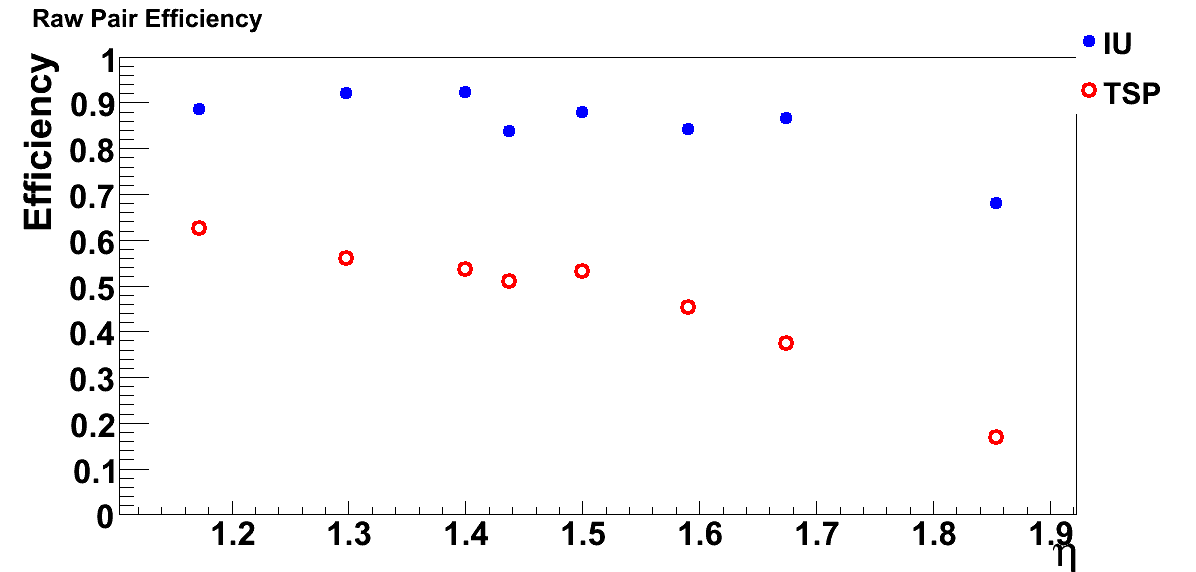
Fig. 5: Raw pair efficiency vs eta
As with Fig. 1, the IU method seems larger, but this is, in part, due to the larger background. The efficiency is expected to fall with eta, as the opening angle of the pi0 is smaller at higher eta.
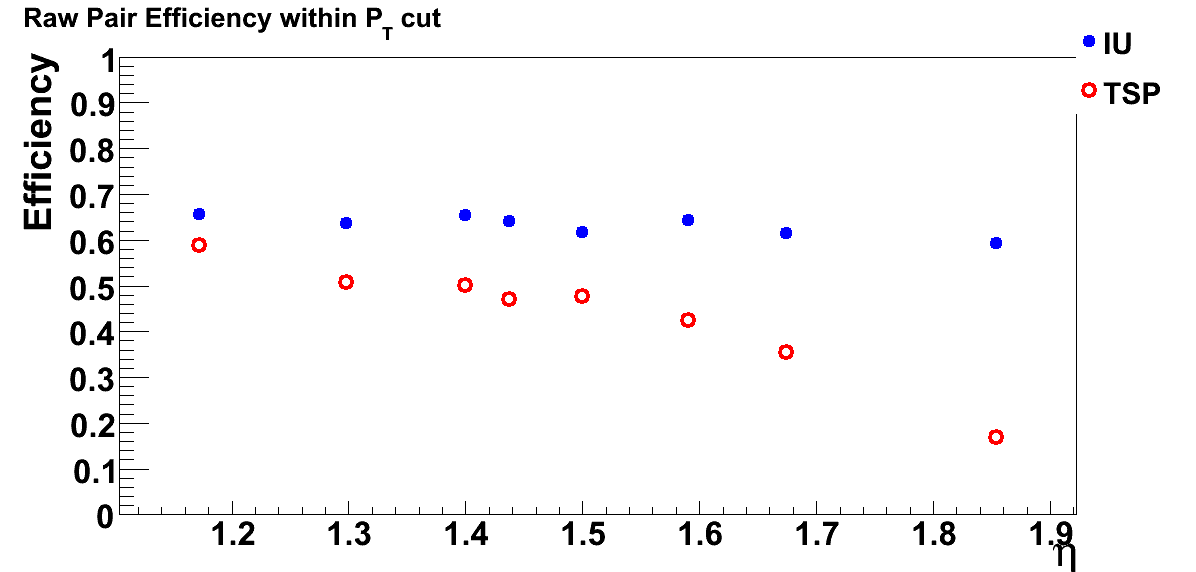
Fig 6. Pair Efficiency vs eta for events with P_T near generated P_T.
With the background now (somewhat) removed, the two methods again appear to preform similar over much of the region. The TSP is significantly lower, but a true background substraction study is needed to fully quantify the difference in efficiency the two methods. The above plot gives just a general idea of the preformace.

Fig. 7 Number of Candidate Pairs over the number of events (only single photon events generated).
Over all eta, the TSP method has a significant reduction in the number of split clusters. The increase near 1.5 seen in the TSP algorithm is most likely due to the TPC rib. Note, even a "perfect" algorithm would still show a non-zero value on this plot, due to actual photon conversions.
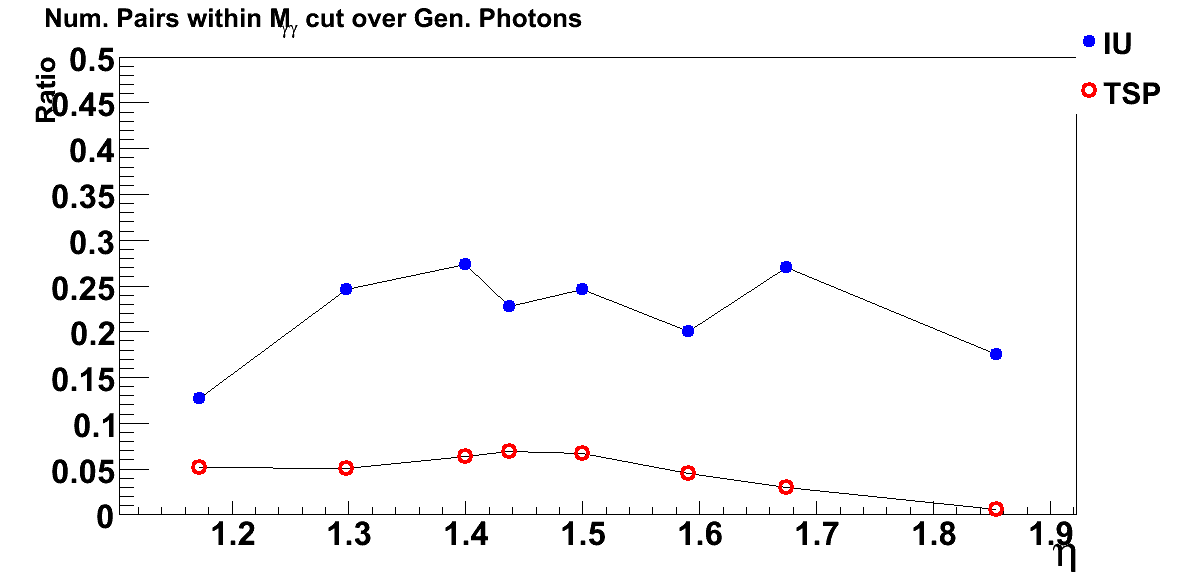
Fig. 8 Number of Candidate Pairs within invariant mass window, over the number of events (only single photon events generated).
The IU has less background in the pi0 mass window than overall at low eta, where the "low mass peak" is really significantly lower than the pi0 peak. The TSP algorithm shows lower background in the pi0 peak at all eta, not just low eta.

Fig. 9 Raw pair efficiency vs phi
Like figures 1 and 5, but verses phi. Both algorithms dip at sector boundaries and have every third sector high, but the TSP algorithm results appear more smooth.
Conclusions
The above plots indicate that the TSP method works fairly well. The pi0 efficiency may be a little smaller, but the background appears to be significantly less. The TSP seems to be an improvement, though it does not preform as well at high eta (past about 1.6) or at high p_T (past about 12 GeV).
- sgliske's blog
- Login or register to post comments
